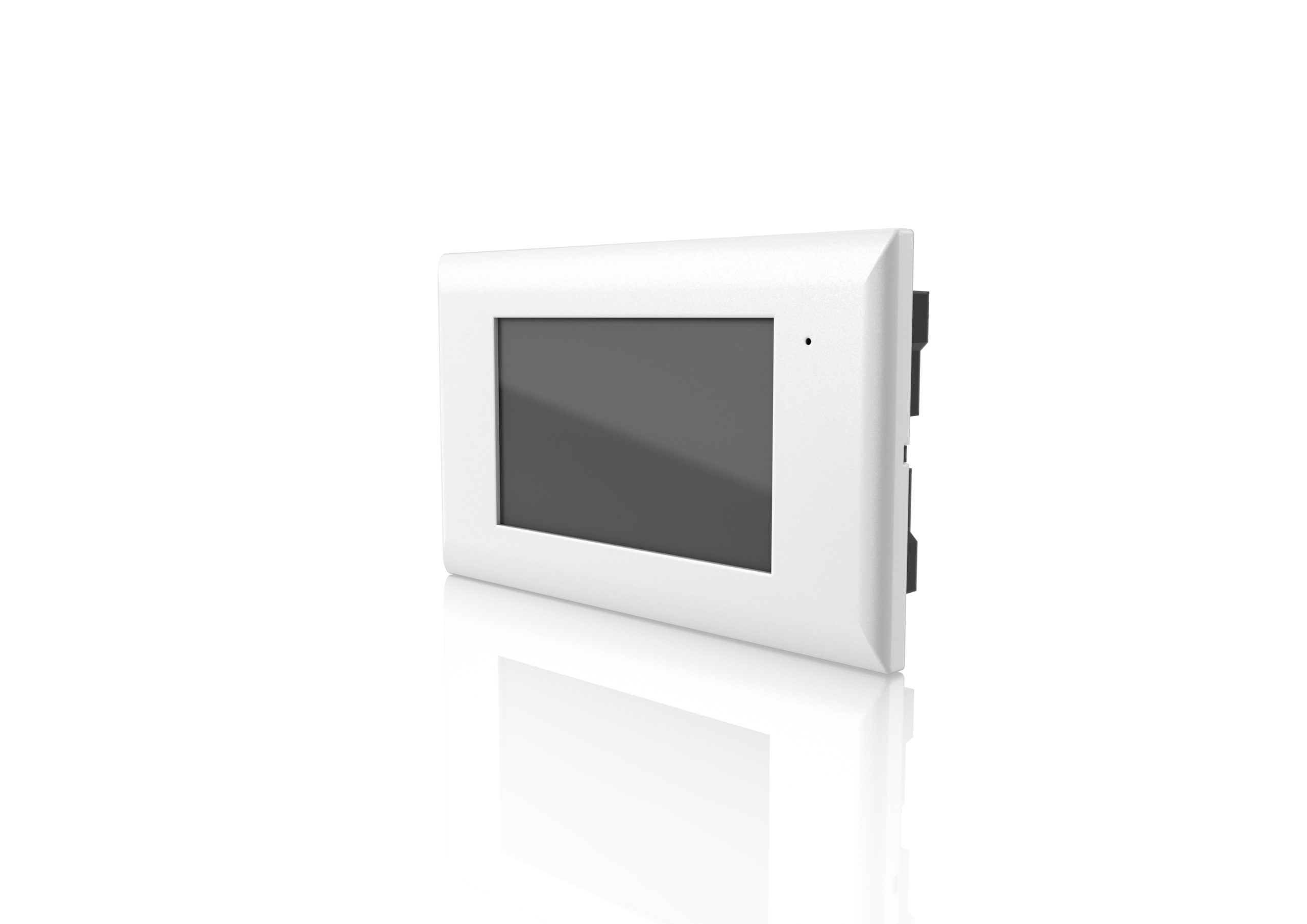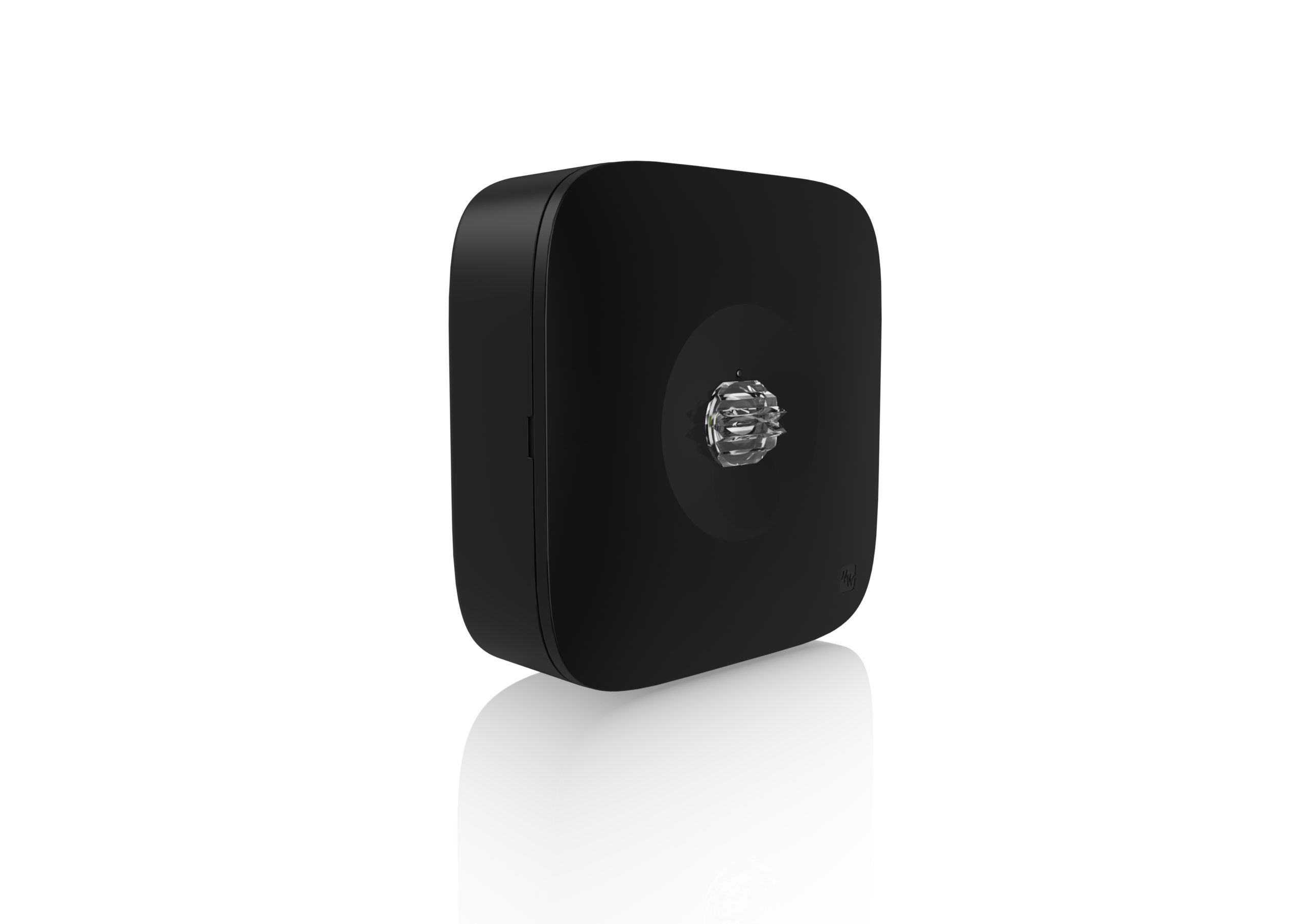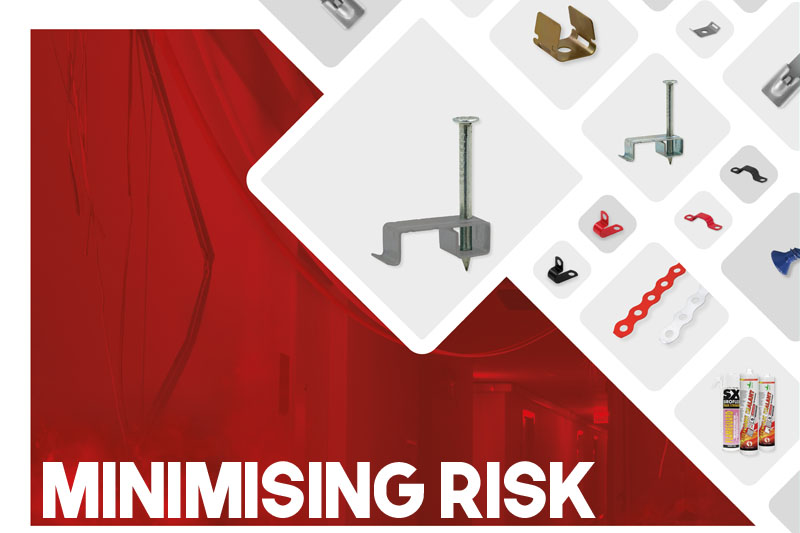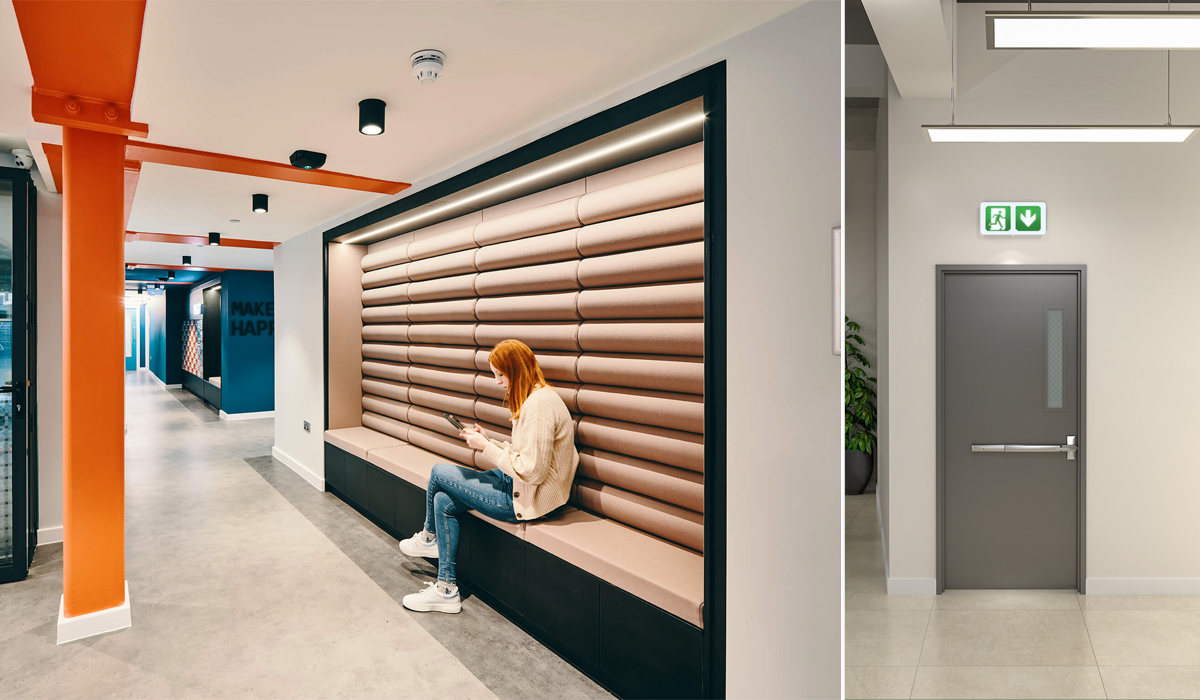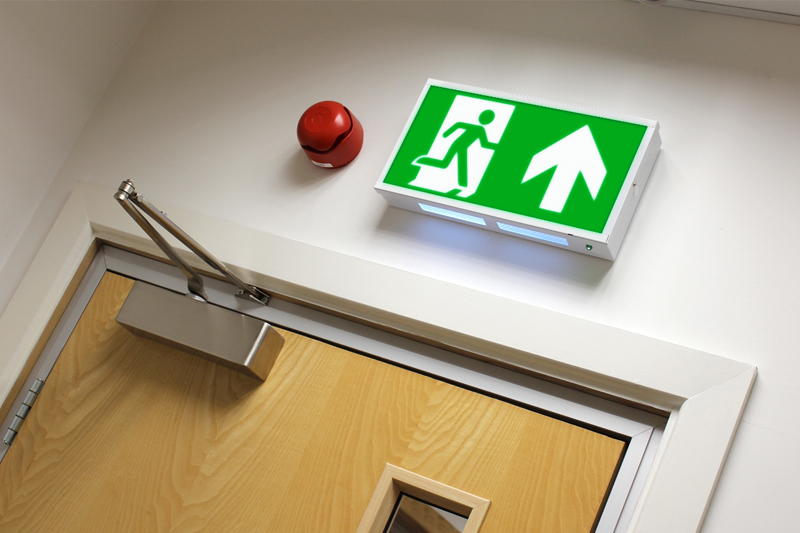David Allcock, Mackwell’s Technical Manager, looks at the advancement of DALI-2 to cover DALI Emergency, and the benefits this offers to the emergency lighting sector.
The use of DALI protocol to automatically test and monitor emergency lighting is well-established across the globe. It is internationally recognised as a reliable and robust solution that meets the safety critical requirements of the sector.
Emergency lighting is a key aspect of any fire safety system and must undergo monthly function and yearly duration testing. Prior to the development of DALI, this was carried out manually by turning a key switch on a wall, observing the result, and maintaining the logbook. This was highly time-consuming for those managing multiple sites and estates. DALI has therefore made a huge difference to the sector and for those with responsibility for monitoring and testing.
The most up-to-date version of DALI is DALI-2, which offers improved interoperability between different manufacturers’ products through mandatory certification. It also offers more features that its original iteration, including energy data, and the addition of control devices which weren’t included in the original DALI.
Recently, the DALI Alliance extended its DALI-2 certification program to include DALI Emergency which opens up the potential for integration into building management systems. This in turn brings a number of benefits.
Path to DALI-2 Emergency
DALI emergency lighting has been in operation for many years, offering a great deal of advantages with regards to testing and monitoring. While DALI-2 has been operational for general lighting, it is only now that DALI-2 Emergency is being introduced. It will be released in two stages across 2022-2023. DALI-2 Ed. 1 (2022), which is now open for registrations, will cover test sequences for improved interoperability. And, due for release in 2023, DALI-2 Ed.2 will include a range of advanced functions including diagnostics, data, reliability features, and more.
Benefits of DALI-2
As previously explained, DALI-2 offers improved compatibility between different manufacturers’ products, thanks to mandatory certification. This means that lighting designers and specifiers are not locked into one brand or range and can choose the best certified product from any provider. For wholesalers, this will open up opportunities when one brand or product family is unavailable or out of stock, as other manufacturers’ solutions can be utilised.
In today’s technology, advanced systems for managing charge through embedded software – which also include diagnostics – are already available. These will be developed into a standard range of features in DALI-2 Ed.2.
This is a significant step forward in the adoption of DALI-2 as the protocol of choice for smart emergency systems, and consequently even smarter buildings.
Key sector developments
Even with the rising popularity of DALI, it is not entirely uncommon to find that in existing properties, testing is still run by a single facilities management team. As a leading provider of technology solutions for the global lighting industry, Mackwell has created a smart, automated system to streamline this process and use technology to assist in these challenges.
The N-Light CONNECT+ DALI emergency lighting test and monitoring system removes complexity and focuses on safety. It provides an advantage that was not available before: being able to view the status of emergency installations at any time, from anywhere – all on one single interface, by modifying these existing buildings with innovative new technologies. It is a complete, scalable and integrated monitoring solution that allows wired and wireless monitoring as well as cloud connectivity all in one system.
Utilising a single touch panel, users can control up to 1,024 devices, creating simple fault reports for quick rectification. Monitoring and maintenance can be achieved through the Mackwell Configurator software, which creates an automated tree format to view and issue commands to 1,000 devices.
The system offers a great number of benefits. Firstly, it removes the need for continuous site safety checks, saving a significant amount of time. It also improves the accuracy of detecting faults by offering real-time system updates. This allows management teams to know exactly which part of a building and site needs attention.
Having smart infrastructure and automated processes in place makes the entire operation easier to run, saving time so that facilities managers can focus on more complex tasks. Furthermore, it allows for more secure record-keeping, accurately logging the record of each test being performed, its result, and any previously detected issues. Test reports can be accessed easily from any location through a device such as a laptop or tablet.
Seamless integration
Ultimately, DALI-2 Emergency raises the bar for emergency lighting systems, providing facilities managers with the confidence that technologies will work together seamlessly now and, in the future, and for the lifetime of the system.
Overall, DALI-2 provides seamless integration of these products and will assist greatly with the future safety of occupants of a building. This is undoubtedly a change to be welcomed and embraced across the emergency lighting sector.
To find out more, click here



